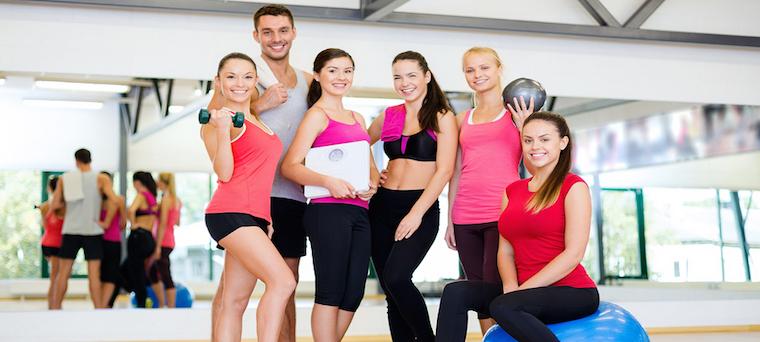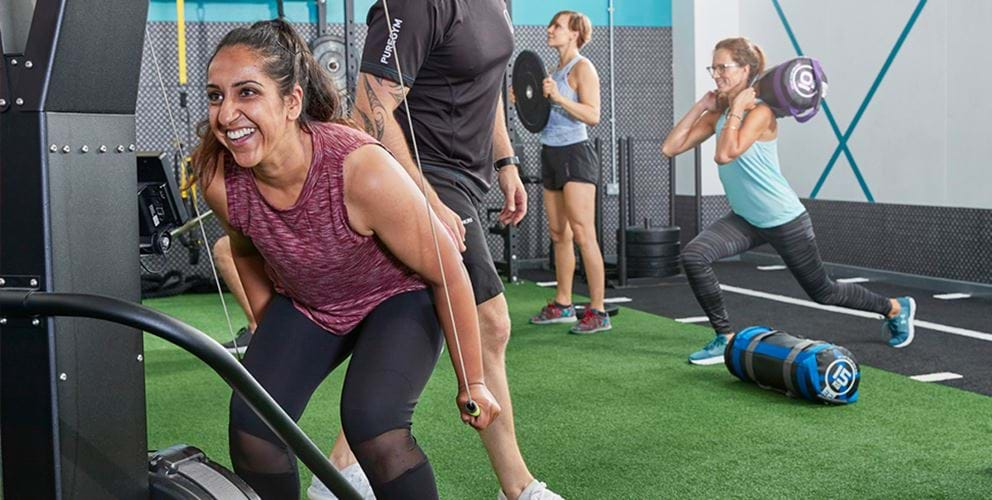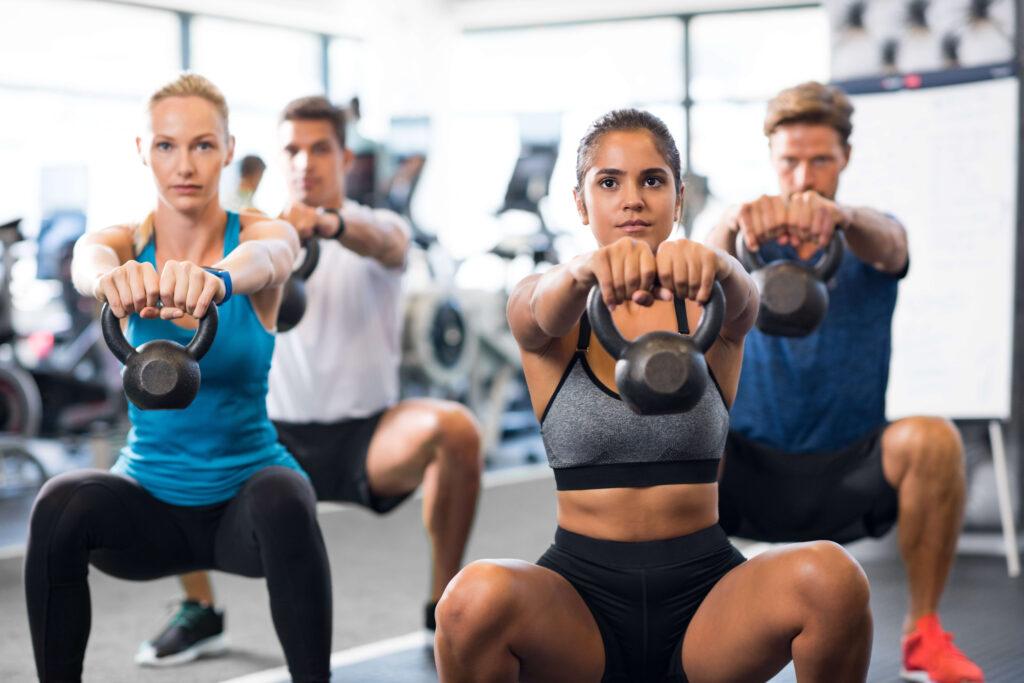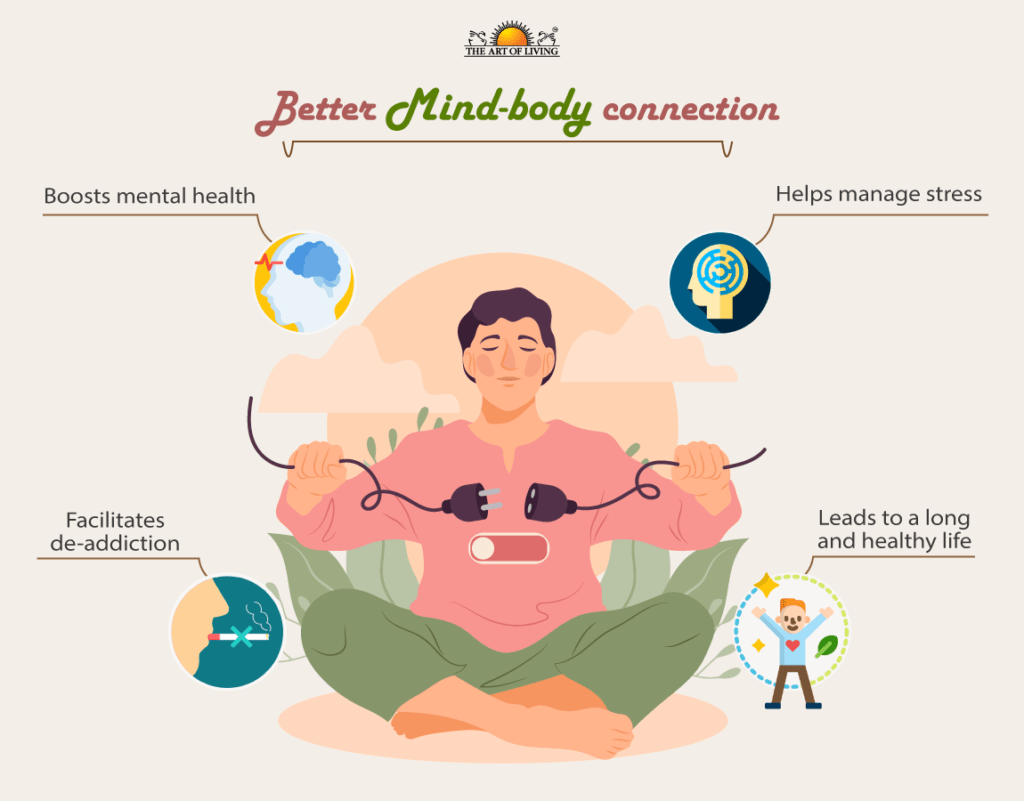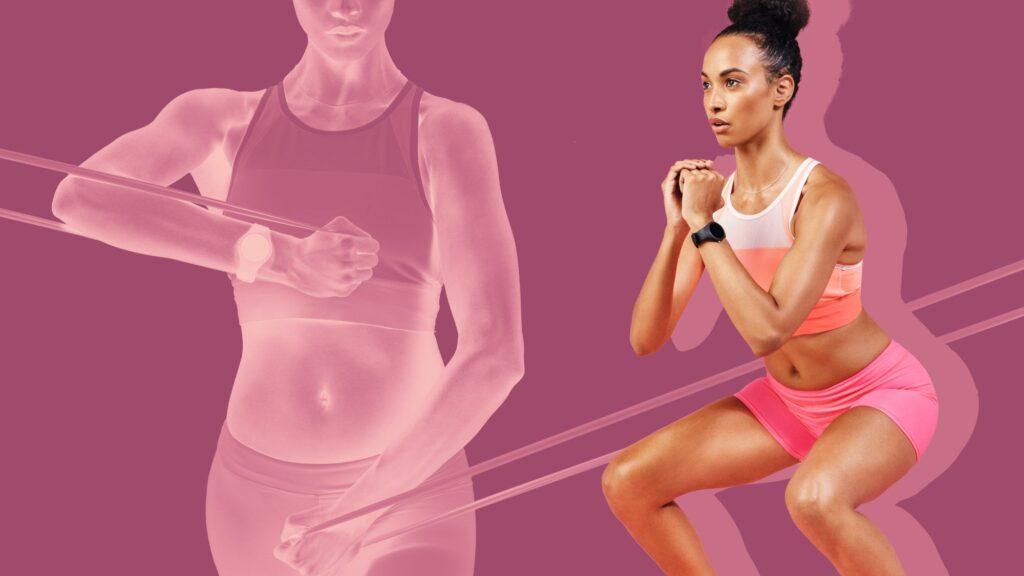Strength Training: Building strength, increasing muscle mass, and how to safely and effectively use weights and resistance bands.
Strength training, also known as resistance training, is a type of exercise that involves using weights or resistance bands to build strength, increase muscle mass, and improve overall fitness.
In this article, we’ll explore the benefits of strength training, how to safely and effectively use weights and resistance bands, and how to build strength and muscle mass through resistance training.

Benefits of Strength Training
Strength training has a range of benefits for our overall health and fitness. Here are some of the key benefits:
- Builds Muscle Mass: helps increase muscle mass and strength, which can improve overall physical performance.
- Increases Bone Density: Resistance training can help improve bone density, which can reduce the risk of osteoporosis and bone fractures.
- Boosts Metabolism: can help boost metabolism, which can help with weight loss and weight management.
- Improves Joint Health: Resistance training can help improve joint health and reduce the risk of injury.
- Enhances Overall Fitness: this can improve overall fitness, including cardiovascular health and flexibility.
Using Weights and Resistance Bands
When it comes to strength training, there are two main types of equipment that you can use: weights and resistance bands.
Weights can include dumbbells, barbells, kettlebells, and weight machines. When using weights, it’s important to start with a weight that’s appropriate for your fitness level and gradually increase the weight as you get stronger.
Resistance bands are a type of elastic band that can provide resistance when stretched. They come in a range of strengths and can be used for a variety of exercises, including bicep curls, squats, and lunges. Resistance bands are a great option for beginners, as they are lightweight and easy to use.
Safety Tips for Strength Training
Strength training can be an effective way to improve fitness, but it’s important to follow some safety tips to avoid injury. Here are some safety tips to keep in mind when strength training:
- Warm Up: Always warm up before starting a session. This can include light cardio exercises and stretching.
- Start Slowly: If you’re new to start with a lighter weight or resistance band and gradually increase the weight or resistance as you get stronger.
- Use Proper Form: It’s important to use proper form when doing exercises to avoid injury. If you’re not sure how to do an exercise properly, ask a fitness trainer for guidance.
- Don’t Overdo It: It’s important to listen to your body and avoid overdoing it. Start with a moderate amount of weight or resistance and gradually increase as you get stronger.
Building Strength and Muscle Mass
To build strength and muscle mass through strength training, it’s important to focus on the following key principles:
- Progressive Overload: This means gradually increasing the weight or resistance over time to continue challenging your muscles and promoting growth.
- Variety: Incorporate a variety of exercises to work for different muscle groups and prevent boredom.
- Rest and Recovery: It’s important to allow your muscles time to rest and recover between workouts to prevent injury and promote muscle growth.
- Proper Nutrition: A balanced diet that includes sufficient protein and carbohydrates is important to support muscle growth and recovery.
Conclusion
Strength training is a valuable part of any fitness routine. By using weights and resistance bands safely and effectively. Following key principles like progressive overload, variety, rest, and recovery. With proper nutrition, you can build strength, increase muscle mass, and improve overall fitness.
Remember to start slowly, use proper form, and listen to your body to avoid injury and make steady progress toward your fitness goals. 슬롯사이트


